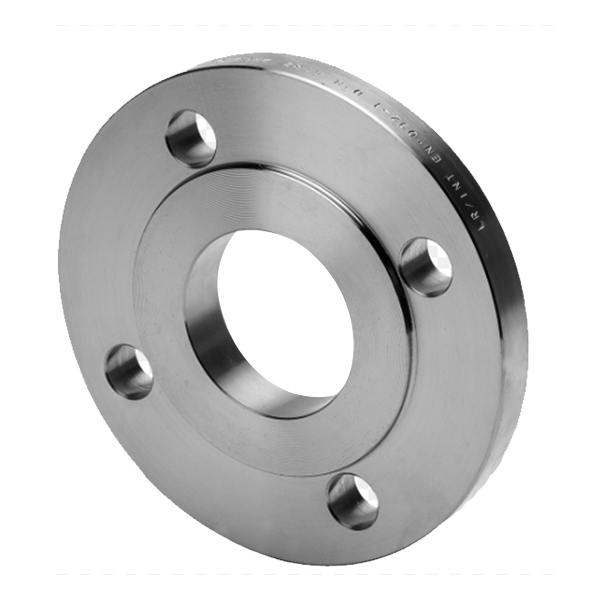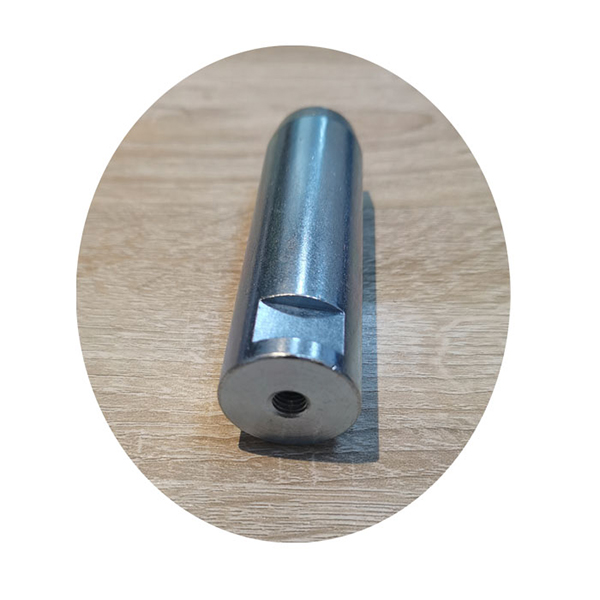Metal Shaft Flange Bolt
Metal shaft (METAL SHAFT), metal flange (METAL FLANGE) and metal bolt (METAL BOLT) are three common key components in mechanical engineering, and they play a vital role in various mechanical systems.
Function of metal shaft
The metal shaft is the core component for transmitting power and rotational motion. It is usually made of high-strength materials such as stainless steel or alloy steel to ensure stability and durability under high load conditions. Metal shafts are widely used in automobiles, aviation, industrial machinery and other fields, and through the cooperation of bearings and other components, they ensure the smooth operation of the equipment.
Connection function of metal flange
Metal flange is a fitting used to connect pipes, valves, pumps and other equipment. It connects different components tightly together through bolts to form a complete transmission or fluid system. Metal flanges are mostly made of carbon steel, stainless steel and other materials to meet the needs of different industrial environments. Flanges have various designs and specifications and can adapt to various complex engineering requirements.
Fixing function of metal bolts
Metal bolts play a role of fixing and tightening in mechanical connections. They are usually used in conjunction with nuts and washers to ensure the firmness and stability of the connection. Metal bolts are also made of high-strength steel, which is precision machined and heat treated to improve its tensile strength and corrosion resistance. Bolts are an indispensable key component in the connection between metal shafts and metal flanges.
The organic combination of metal shafts, metal flanges and metal bolts constitutes the core transmission system of many mechanical equipment. The high-precision manufacturing and reliability of these components ensure the efficient operation and long-term use of the equipment, and play an irreplaceable and important role in various engineering and industrial applications.
Sheet metal parts are found almost everywhere and Wongsam Sheet Metal Technology Co., Ltd ( Wongsam ) can help you quickly and accurately make your enclosures, brackets, assemblies, weldments, cabinets, housings and other sheet metal parts and prototypes. We have an ultra low MOQ (minimum order quantity) of one unit and offer lots of manufacturing options for low/mid volumes.

How It Works – Sheet metal encompasses a wide range of processes to manipulate and shape sheets of metal into the required form or geometry. Wongsam use bending, laser cutting, punches, welding and other processes to manufacture your sheet metal parts and prototypes.
Contact us today to find out more about our sheet metal production services.
Optional Materials
Brass, Aluminum, Stainless steel , and Zinc etc.
Customized Thickness
The thickness of sheet metal can be done as per client's request. Thickness: 0.6-60mm available
Multiple finishing options like anodizing and powder coating

Sheet Metal Applications
Sheet metal is a versatile manufacturing process for a range of metal components. The process can support high-volume commodity products and low-volume, one-of-a-kind applications. Common sheet metal parts include:
Sheet Metal Fabrication, Parts
Metal Cabinets, Box, Enclosure
Metal Racks, Shelves, Bracket
Metal Veneer, Panel, Facade
Car Shelf Bracket
Metal Chassis, Frame
Turned Parts
Appliances
Sheet Metal Finishing Options
Looking for more than a few basic sheet metal parts? We offer welding, hardware insertion, plating, silk screening, and powder coating to provide complete sheet metal components all under one roof.